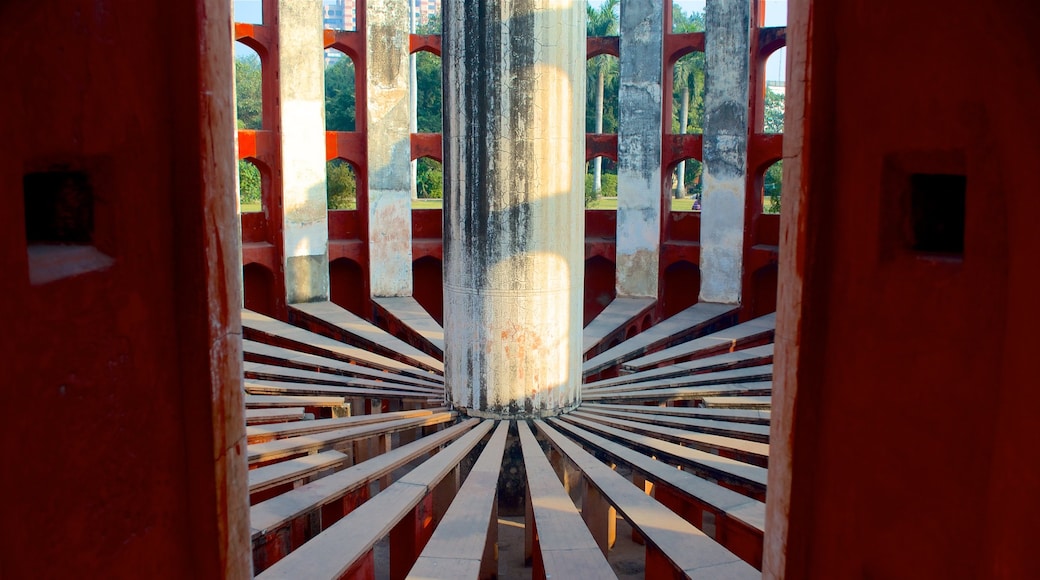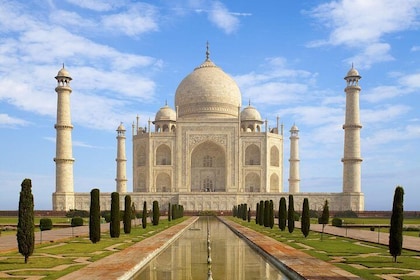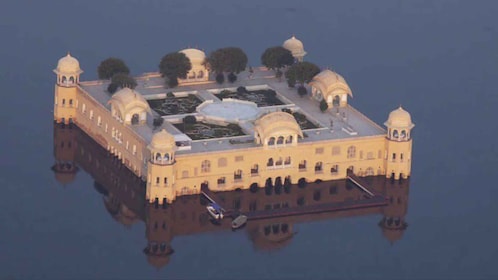This astronomical observatory sits in the centre of New Delhi and is one of the oldest and most fascinating of its kind.
The Jantar Mantar is an astronomical observatory with an eccentric design. Spend a couple of hours looking around the extraordinary site and then enjoy a pleasant picnic in the gardens surrounding the main structure.
The Maharaja Jai Singh of Jaipur had the observatory built in 1724 for the purpose of compiling maps and predicting the trajectory of the planets and stars in our solar system. Accurate measurements can no longer be taken because of the surrounding tall buildings but the observatory remains a shining example of 18th-century architectural ingenuity. It is one of the oldest observatories of such a grand stature in the world.
Take a guided tour to learn about astronomy and the scientific practices of 18th-century India. Marvel at the intricate network of dials and devices used to follow the patterns of the planets. Admire the Samrat Yantra, a huge triangle that acts as a sundial. It is 70 feet (20 metres) high. Examine the Misra Yantra, a tool to work out which are the shortest and longest days in the year. Remarkably, the instrument can also tell when it is noon in several cities around the world.
Delay your return to the hectic streets of New Delhi by strolling through the well-kept gardens. The gardens are a popular meeting point for local friends and families due to the site's central position in the city. It may be better to visit the gardens in the early morning or late afternoon, as it gets very hot around noon.
The observatory is open from sunrise until sunset and there is a small entrance fee that is different for Indians and foreigners. There is also an extra charge for filming on location.
The Jantar Mantar is located on Parliament Street in the centre of New Delhi. It is by the Patel Chowk metro station and the site has its own bus station right by the entrance. Nearby attractions include Gole Market and Central Park.


































































